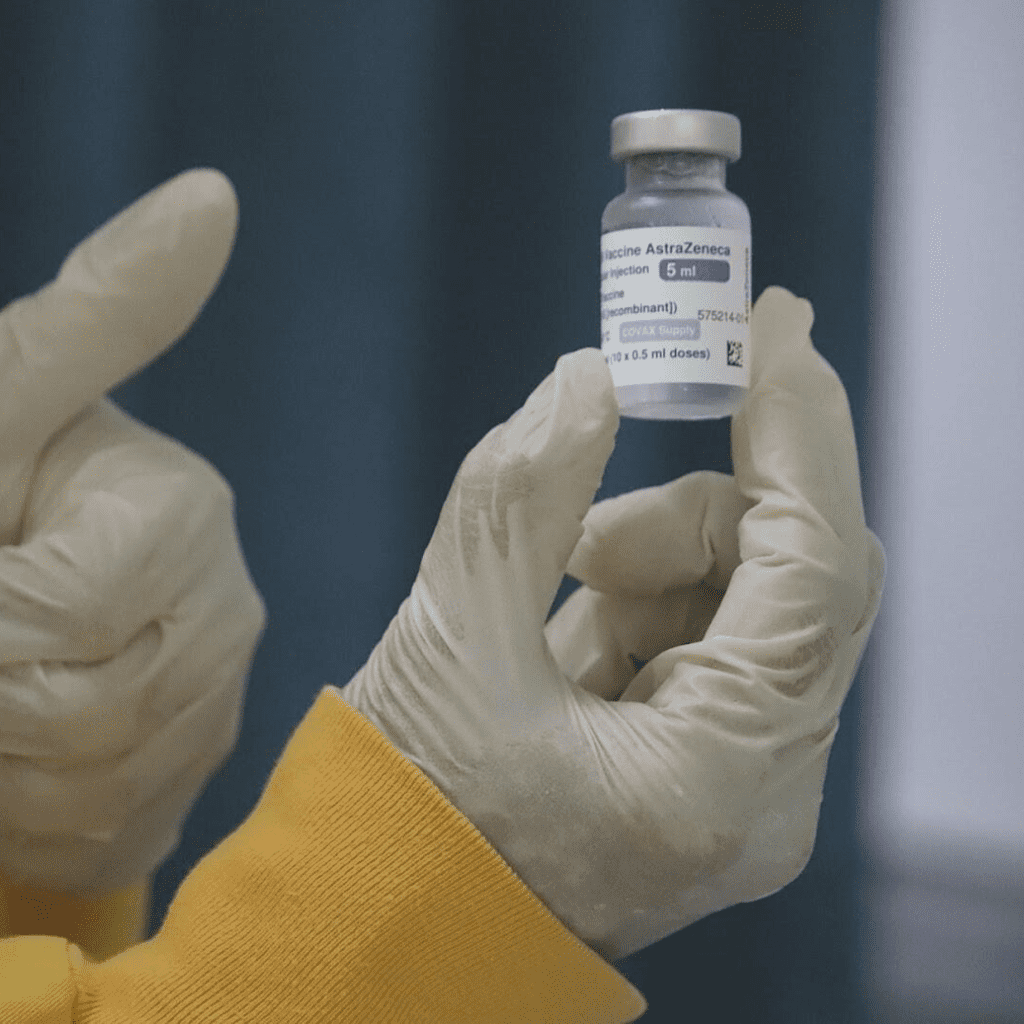Peptides are vital in health care and nutrition as they help you develop healthy bones, joints, hair, skin, and nails. Creating peptides is also very important and is now more of a combination of an art and a science.
The most advanced way to make peptides is through peptide synthesis. However, its lack of specificity and effect on the environment may be a problem. This article aims to give an in-depth look at the different strategies and techniques used in peptide synthesis and both technologies’ pros, cons, possibilities, and limits.
For instance, the productivity of enzymatic synthesis is lower, the costs of biocatalysts are usually high, and there are no protocols for validating and scaling up this method.
Peptide synthesis is looked at in detail, focusing on the different approaches to creating it and the problems that arise when doing it on a large scale.
Strategies of Peptide Synthesis
Peptides are short chains of amino acids linking each other by peptide bonds. They have various biological functions that aid applications such as drug discovery, vaccine development, and biotechnology. Peptide synthesis is the process of building peptides using chemical methods. To master the art of making peptides, you need to know the strategies and techniques that go into the process.
1. Choosing the Right Starting Materials
The first step in peptide synthesis is selecting the amino acids to help build the peptide. This choice of amino acids is critical to the success of the synthesis, as each amino acid has unique properties that affect the yield and purity of the final product. For instance, some amino acids are more difficult to couple than others, and some are more prone to side reactions.
The choice of amino acids also affects the properties of the peptide, such as its stability, solubility, and bioactivity. Therefore, it is essential to select the appropriate amino acids based on the desired properties of the peptide.
2. Recombinant DNA Technology
Protein synthesis using recombinant DNA technology has revolutionized how researchers and industries produce proteins for various applications. It allows the creation of large quantities of protein, which is imperative for applications that require large amounts of protein, such as drug development and industrial production.
Moreover, Recombinant DNA Technology allows for the precise modification of proteins, such as adding or removing chemical groups, which can affect the properties and function of the protein.
3. Protecting the Amino and Carboxyl Groups
Photo by Testalize.me on Unsplash
During peptide synthesis, the amino and carboxyl groups of the amino acids react to form peptide bonds. However, these groups are reactive and can react with other molecules, leading to side reactions and decreased yield.
The amino and carboxyl groups are protected by temporary chemical groups called protecting groups to prevent unwanted reactions. Protecting groups are added to the amino and carboxyl groups before coupling and removed after the coupling reaction.
There are various protecting groups available for amino and carboxyl groups, each with different properties and reactivity. Choosing the appropriate protecting group is critical to the success of the synthesis.
4. Coupling Reagents and Conditions
In the coupling reaction, you link two amino acids to form peptide bonds. It requires coupling reagents and conditions that promote peptide bond formation and minimize side reactions.
Coupling reagents are compounds that activate the carboxyl group of one amino acid and enable it to react with the amino group of another amino acid. Common coupling reagents include carbodiimides, such as N, N’-diisopropylcarbodiimide (DIC), and benzotriazole-based reagents, such as 1-hydroxybenzotriazole (HOBt).
With this strategy, conditions such as pH, temperature, and reaction time, also affect the efficiency and selectivity of the coupling reaction. Therefore, optimizing the coupling conditions is critical to achieving high yield and purity.
5. Purification and Characterization of the Peptide
Photo by Mufid Majnun on Unsplash
After the synthesis, the peptide must be purified and characterized to ensure its purity and identity. Purification is typically done using HPLC, which separates the peptide from impurities based on its chemical properties.
Techniques for Peptide Synthesis
Monitoring the progress of the peptide synthesis is essential to ensure that the reaction proceeds as planned and to identify any potential problems. It can be done using various analytical techniques, like mass spectrometry (MS), high-performance liquid chromatography (HPLC), and nuclear magnetic resonance (NMR) spectroscopy.
- HPLC is a chromatographic technique that separates the components of a mixture based on their chemical properties. HPLC is commonly used to monitor the progress of peptide synthesis and to purify the final product.
- MS is a technique that measures the mass-to-charge ratio of ions. MS is useful for identifying the composition and purity of the peptide.
- NMR spectroscopy is a technique that analyzes the magnetic properties of atoms in a molecule. NMR spectroscopy helps identify the structure and conformation of the peptide.
Bottomline
In conclusion, protein synthesis requires a thorough understanding of the strategies involved. Cloning the gene of interest, choosing the right expression system, optimizing protein expression, purifying the protein, characterizing the protein, and, if necessary, refolding and changing the protein are all examples. The strategies and techniques discussed here are essential to get a high yield and purity of the protein and give it the properties and functions you want.

